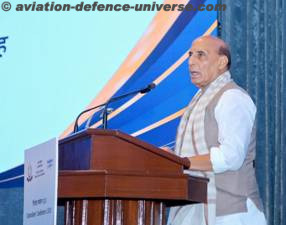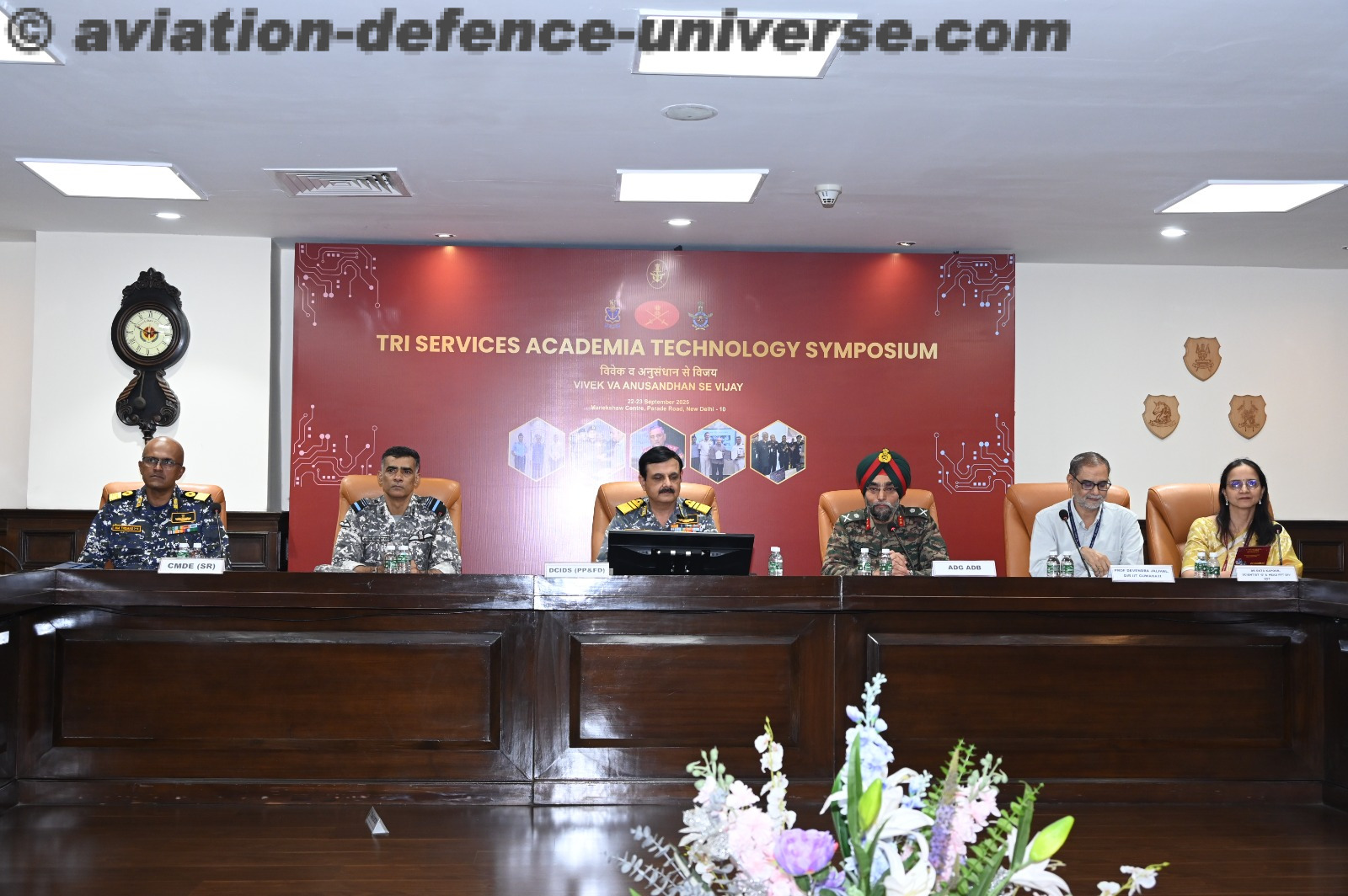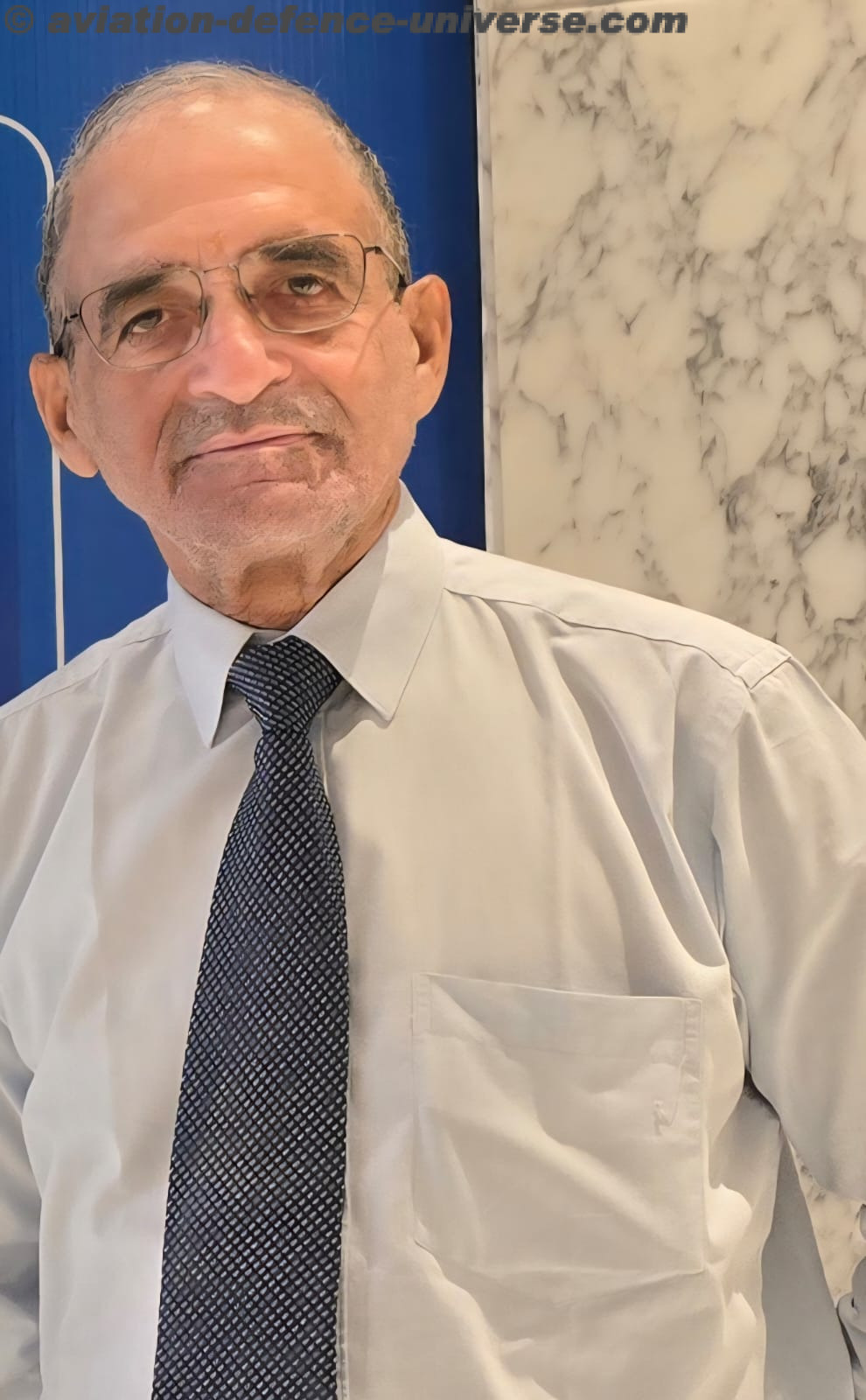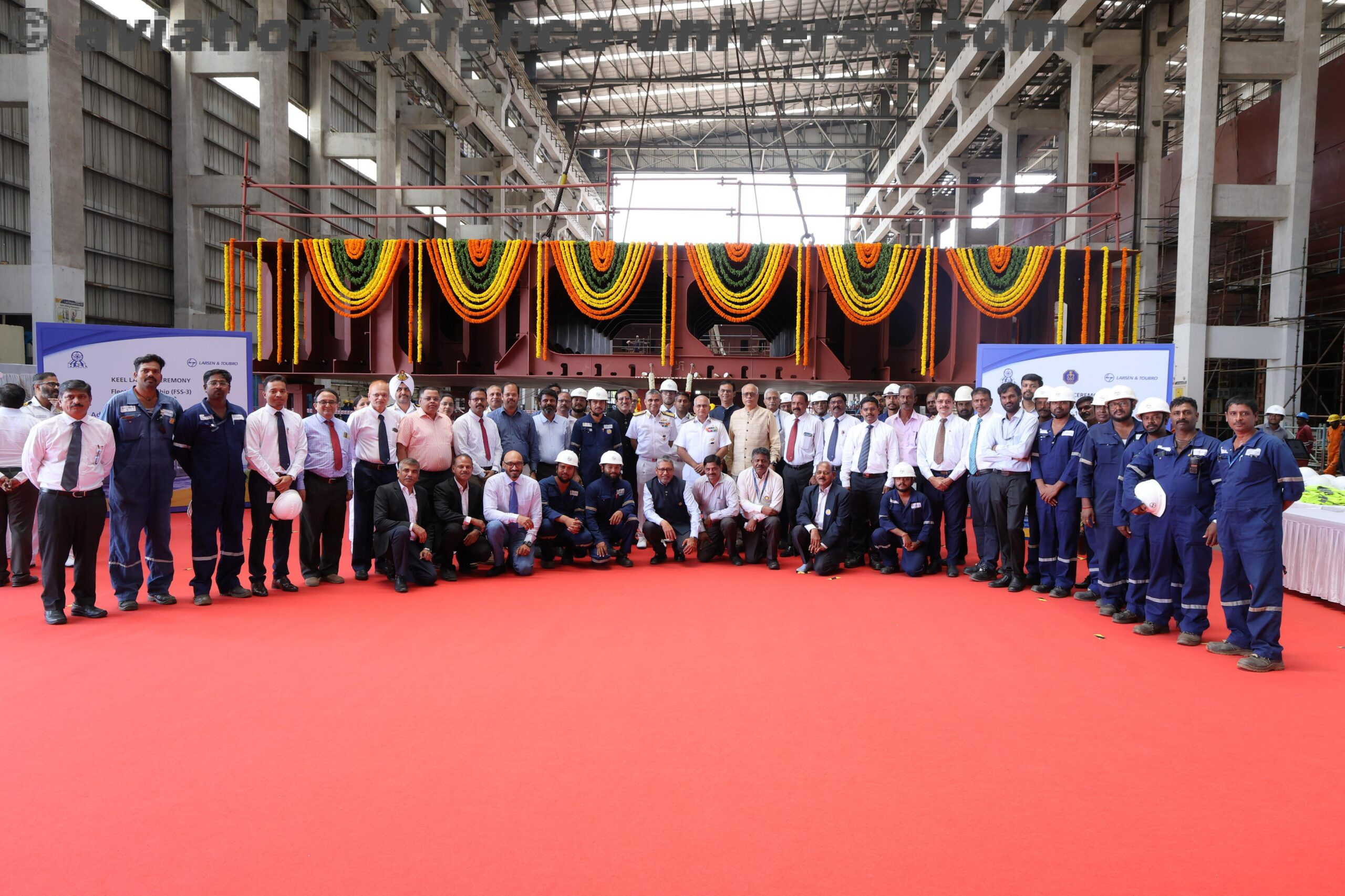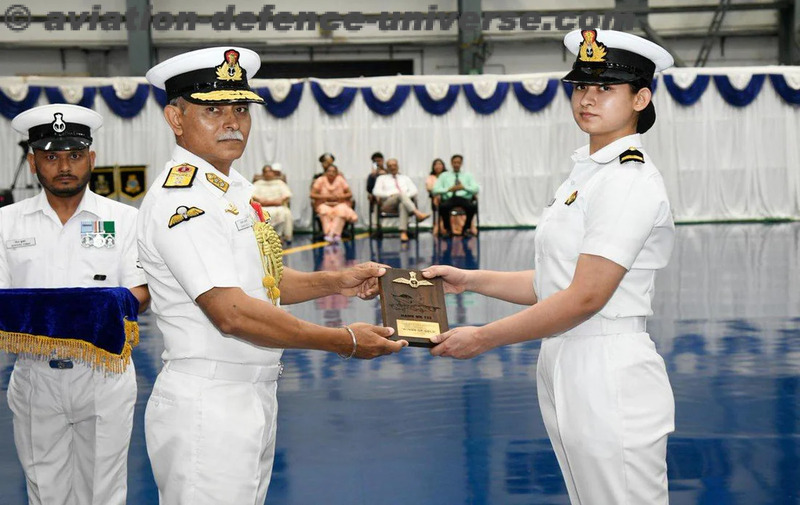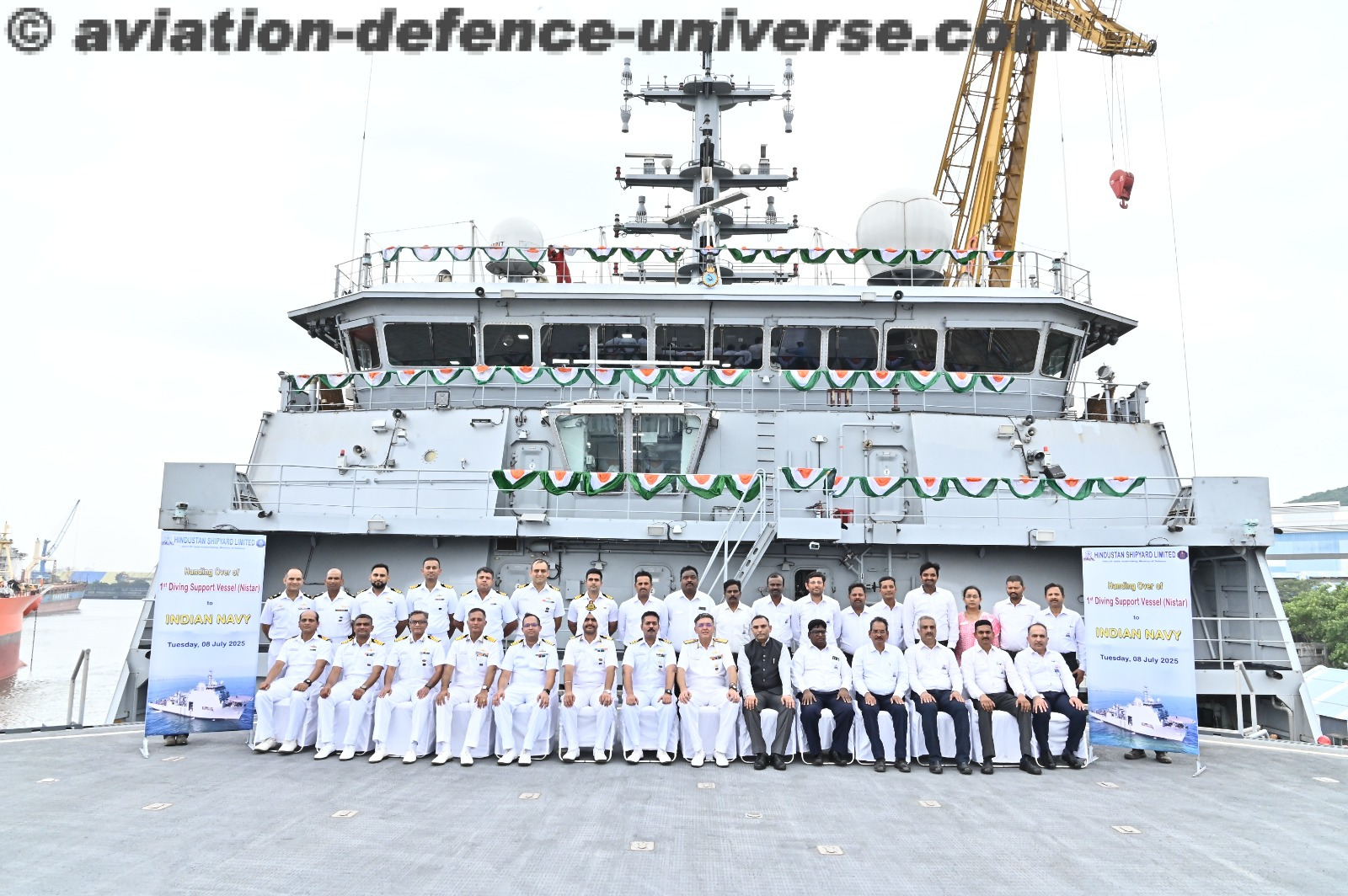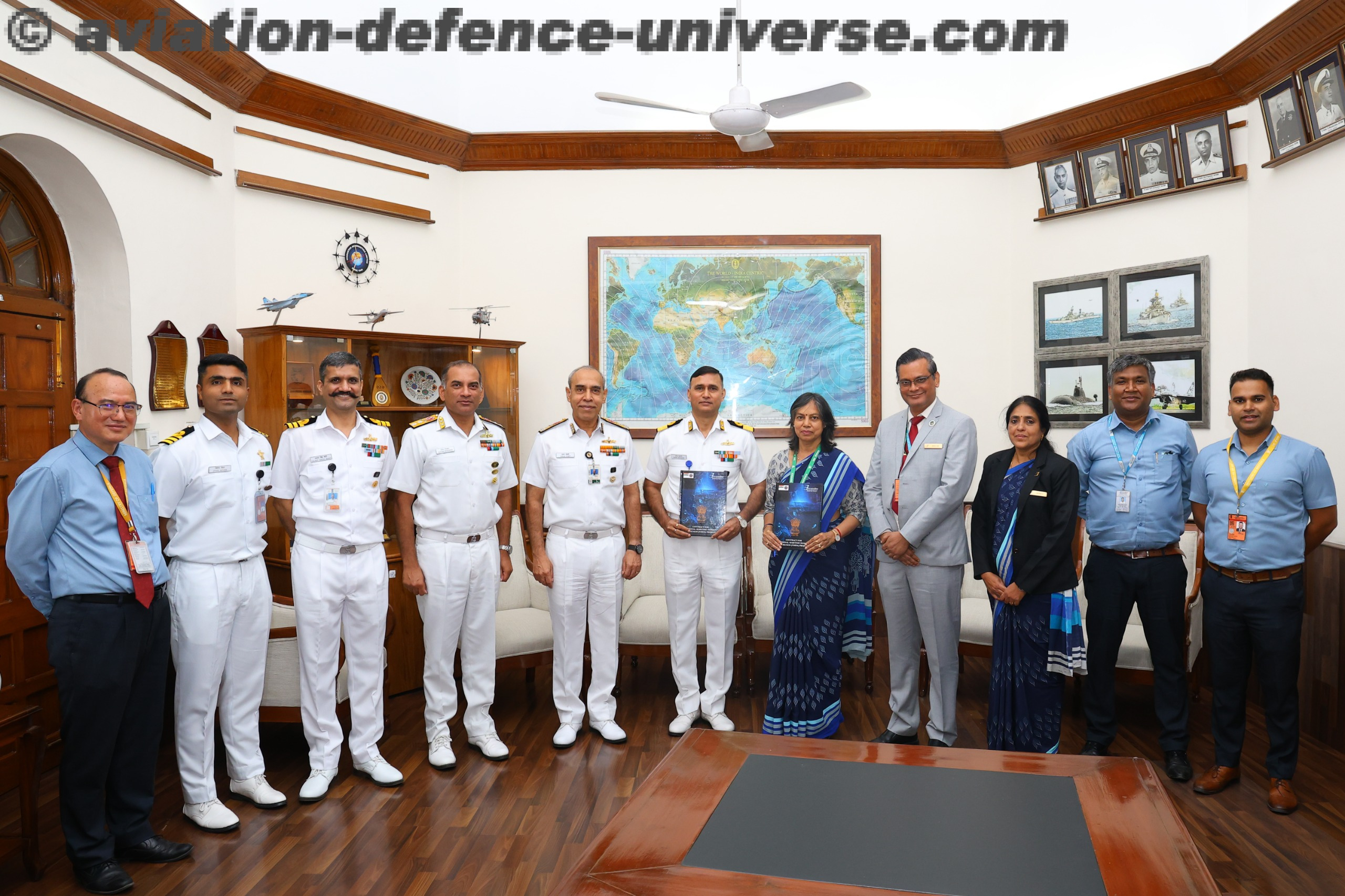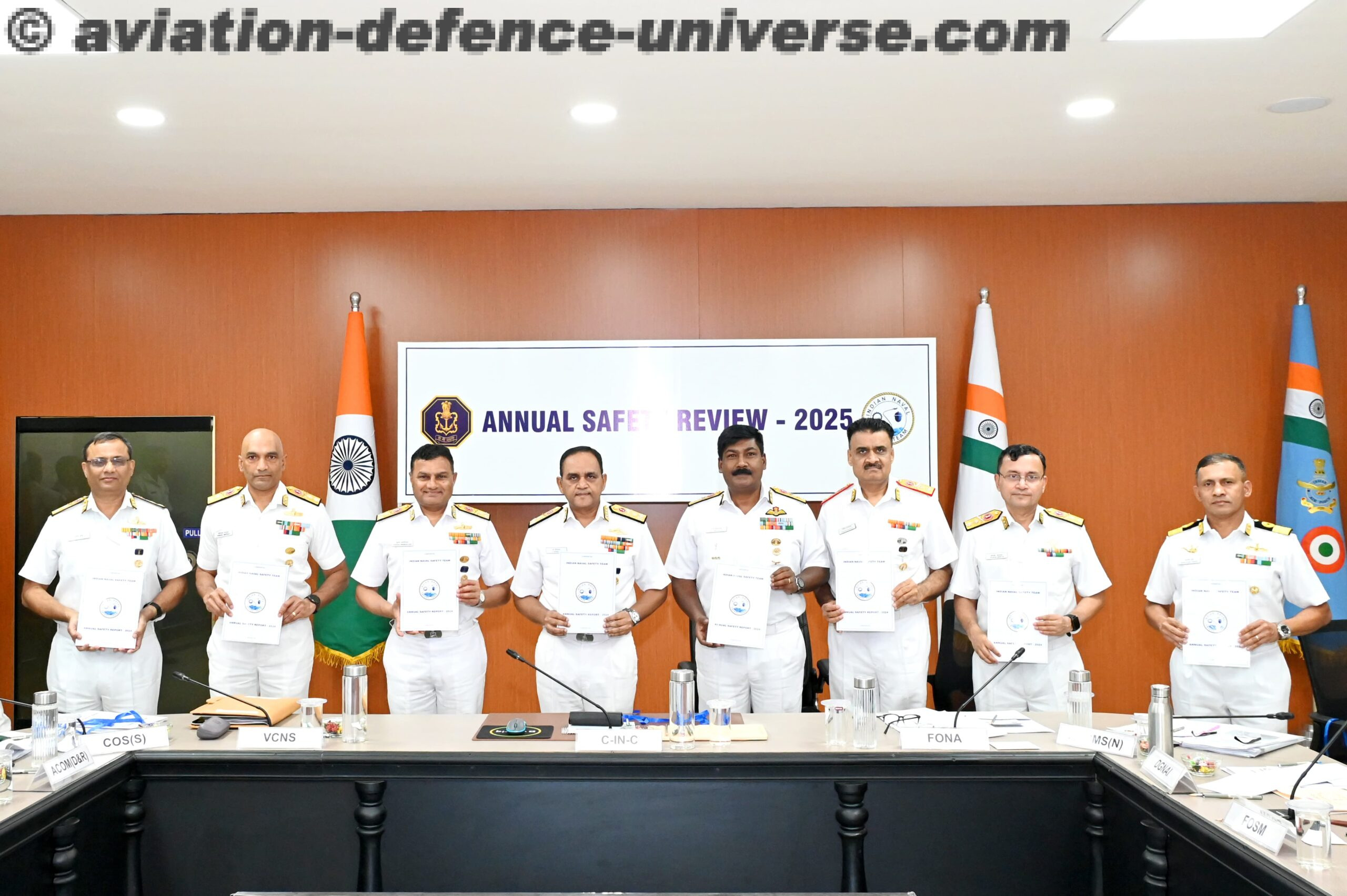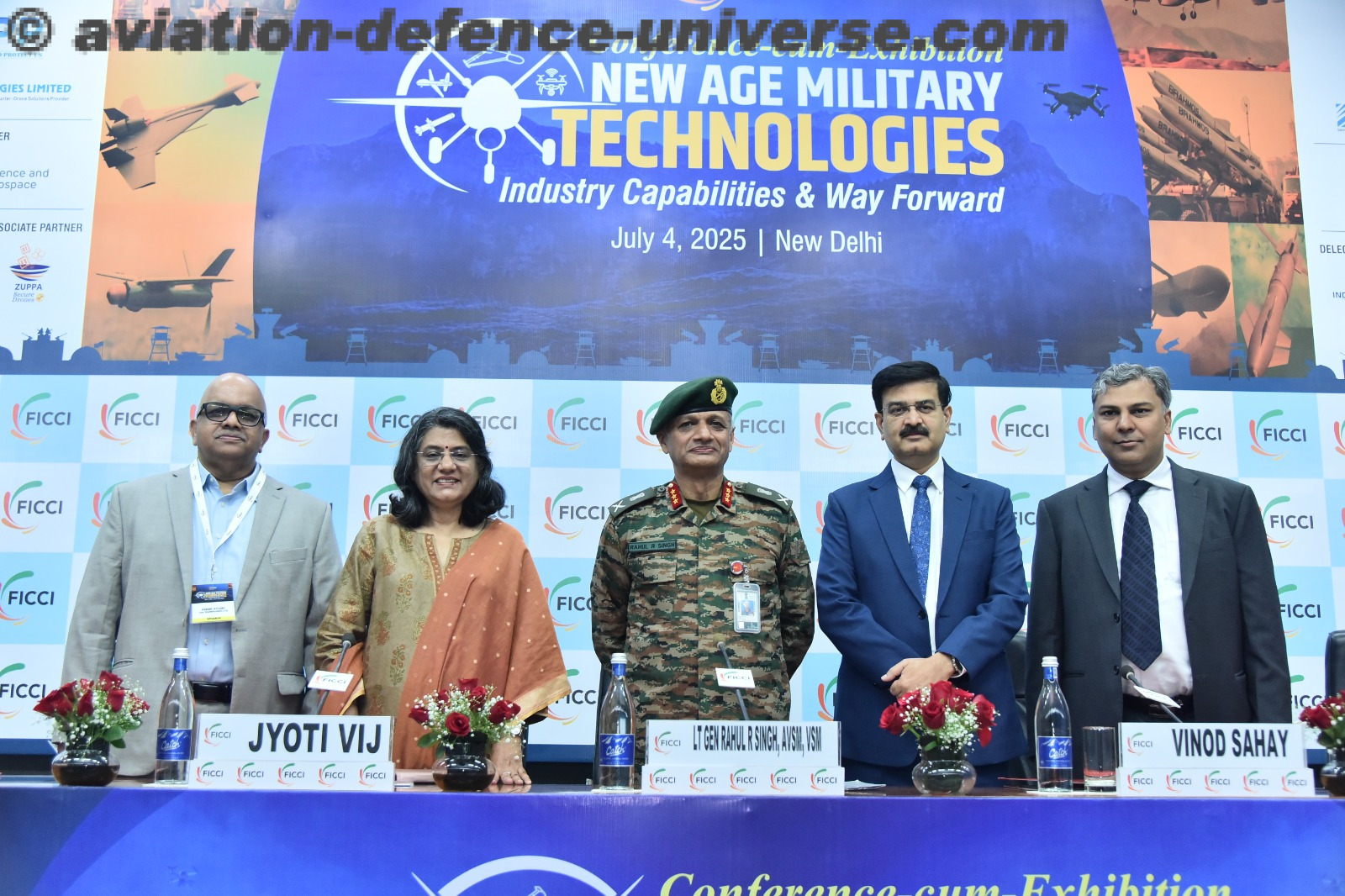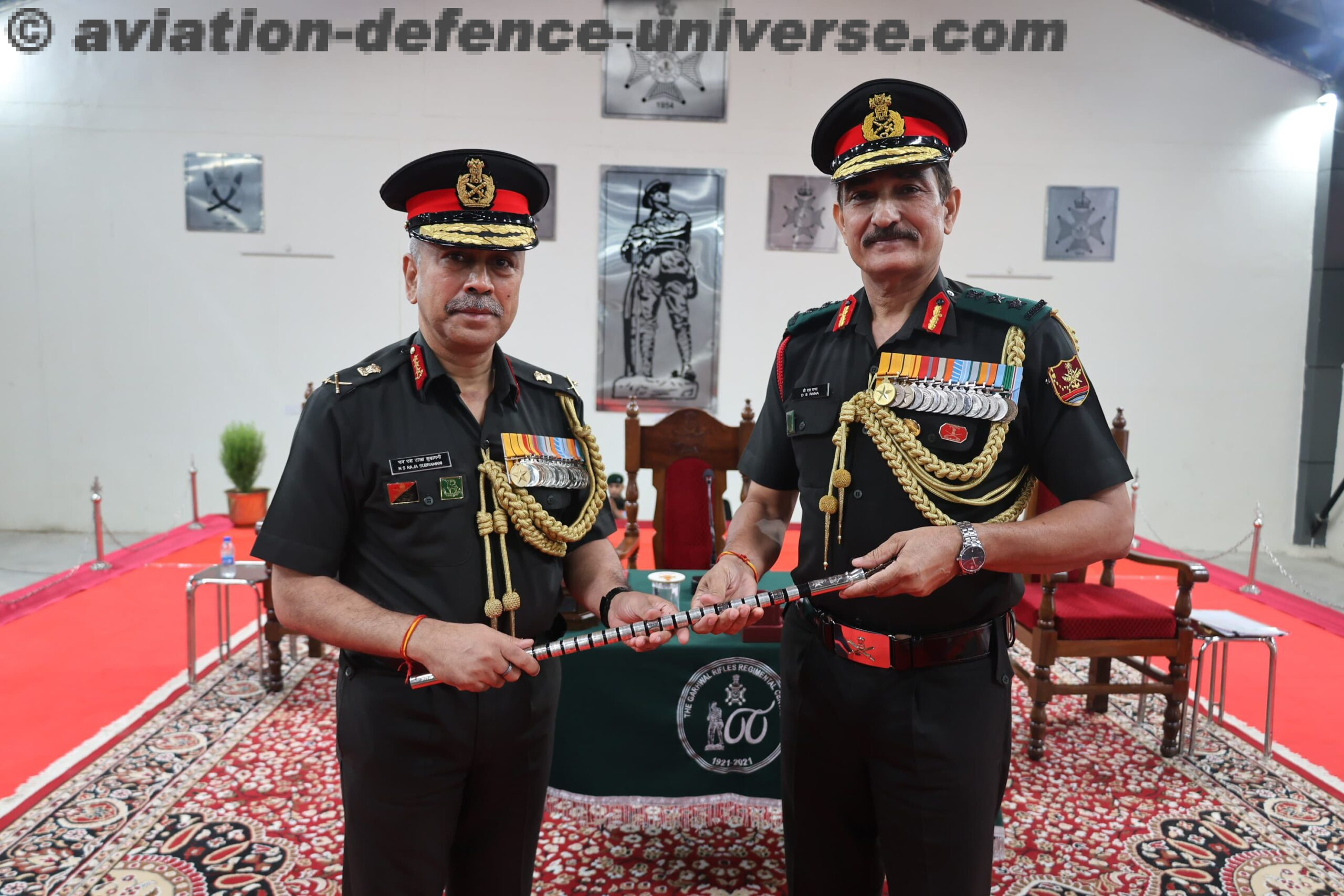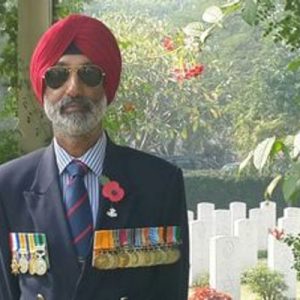
Lt General Balli Pawar (Retd.)
New Delhi. 14 January 2021. The old, outdated and obsolete Cheetah/Chetak fleet being operated by the armed forces continue to fall out of the skies on a regular basis, exacting a heavy toll in terms of men and material as well as impinging on their operational capability. The latest in this sordid saga is the fatal crash of the Cheetah helicopter in September last year while on an operational training sortie in Bhutan, in which both the Pilots died, one being from the Royal Bhutan Army. This will go down as another statistical data in the records of the MoD with business as usual, with no urgency being displayed to replace these flying coffins. The Project to replace these helicopters with 200 Ka-226T Russian helicopters is stuck on issues of price and technology transfer despite all relevant aspects having been concluded a year ago. Earlier also there have been a spate of accidents involving the Cheetah helicopters resulting in fatalities, which has raised serious concerns about their safety. The sustainability and maintainability of this aging fleet is a serious issue and a major cause of concern today – some rotary wing experts have even attributed to the Cheetah/Chetak the mantle of flying coffins or death traps of Indian Military Aviation. These factors seriously impinge on the ‘National Security and Operational Preparedness’, primarily due to the fact that the Cheetah helicopters are the life line of troops deployed in Siachen and currently in Eastern Ladakh in the standoff with China –these helicopters are operating at the extremes of their performance envelop.
Background
Three different trials for the replacement of this obsolete fleet conducted over a period of 14-15 years have unfortunately yielded no results. With the critical Cheetah /Chetak replacement programme continuing to flounder the Government finally embarked on the Government to Government route with Russia for the supply of 200 Kamov- 226T light helicopters, under the Make in India Policy. This Government to Government agreement for the Kamov helicopters was signed during Prime Minister Modi’s visit to Russia in December 2015 and the Joint Venture (JV) between HAL and Russian Helicopters was signed in October 2016. However, the contract which was expected to be signed early last year seems nowhere in sight. Unlike most of the helicopters in this category the Ka-226T is a multi-purpose, twin engine, contra-rotating helicopter with options of different payload configurations – the helicopter had participated in the last trials carried out in 2012-2013 along with Eurocopter’s (now Airbus) Fennec AS 550 C3. In a related development the Russian Helicopters had offered its Kamov 226T with the option of folding blades for the Indian Navy’s light Naval Utility Helicopters (NUH) programme – the Navy is looking at 111 NUH units. In an earlier assessment the Navy had found these helicopters not suitable for operating from ships and there seems to be no change in that stand to date.
Replacement Options & Problem Areas
Despite the hype generated by this replacement project and the likely hood of the contract being signed hopefully this year, there are a couple of issues involved in the Kamov project, on which there is little or no clarity at present. One is on the indigenous content under the Make in India policy and the other more critical issue is regarding the engines fitted on the Ka-226T. Russian Helicopters, which has developed the Kamov-226T, has sourced its twin engines (Arius 2G1 which constitutes almost one-third of the chopper’s cost), from the French company, Turbomeca. As per reports the Russian Government has accepted responsibility only for indigenising Russian components – a step which would result in a short fall of the indigenisation levels required as per the ‘Make in India’ Policy. This also means that HAL as the nodal agency on behalf of the Indian Government will have to negotiate separately with third country vendors for indigenising their components and systems like the engines. This is likely to become even more complicated with fresh sanctions being imposed on Russia especially with regards to defence exports and their effect on the ongoing defence projects with India. However, the positive side in this regard is an agreement already existing between, French company,‘Safran Helicopter Engines’ ( parent company of Turbomeca) and HAL to establish in India a support centre for helicopter engines catering to their manufacturing and provision of MRO facilities. This JV will initially cater to TM 333 and ‘Shakti’ engines installed on the HAL built helicopters like the ALH ( Dhruv), Rudra (armed ALH) and the Light Combat Helicopter (LCH). Shakti is more powerful than the TM 333 and is the Indian name for Safran Ardiden 1H engine which is already being co-developed with HAL and produced under license. It also seems likely that the engine for HAL’s under development LUH will subsequently also form part of this JV as the Safran’s Ardiden 1U engine is already fitted on the developmental model. However, whether the Arrius2G1 engines fitted on the Kamov- 226T helicopters will also get included in the JV remains to be seen and will be clear only after the final contract is inked. Add to this the fact that as per the Government agreement, Russian Helicopters will deliver the first 60 helicopters in flyaway condition – these would be assembled entirely in Russia, with little scope for indigenisation. This leaves the balance 140 helicopters for meeting the 50 per cent ‘Make in India’ goals over the entire fleet of 200. It is understood that some Indian private companies may also be part of this programme, especially to build Kamov-226T components and systems in India. However, even if all issues were smoothened out and a final contract inked in the next few months, it would take another 8- 10 years period over which these 200 helicopters could be inducted/built in India.
Simultaneously, HAL‘s new LUH Project (3 Ton class) for supplementing the replacement of Cheetah/Chetak helicopters seems to be on track as of now. According to HAL projections, the LUH would complete flight certification and enter production this year. HAL is required to provide 187 LUH’s in the overall requirement of 400 plus by the Armed Forces in this category – these will be built at HAL’s new facility at Tumkur, where the foundation stone was laid by the Prime Minister two years back. It is important to note that the HAL will also have to meet the Military’s orders already placed for the ALH, Rudra (armed ALH) and the LCH simultaneously. Hence, it is difficult to imagine HAL producing more than 20 odd LUH’s per month (an optimistic figure under the given circumstances) –this will require a period of 9-10 years to produce the 184 helicopters envisaged for the armed forces. The above facts bring out one glaring reality that the Cheetah/Chetak fleet will continue to operate with the Indian military at least for the next 10 years, though in declining numbers. Hence, their sustainability and maintenance will remain a priority area to ensure safety and reliability during flight operations and needs to be addressed holistically by all stake holders especially HAL, or else the stigma of flying coffins will firmly get ingrained in the history of these helicopters.
Way Forward
That the Cheetah/Chetak fleet will continue to be operated by the armed forces for the next decade is a reality. Hence the current dismal state of the Chetak and Cheetah fleet and its serious maintenance and safety concerns need to be addressed on priority, as the maintenance of this fleet as acknowledged by the armed forces has now become a nightmare – the HAL will have to play a major role in this entire exercise. The ‘Cheetal,’ an upgraded version of the Cheetah helicopter with a more powerful engine (TMM 333 earlier fitted on the ALH), being fielded by the HAL in limited numbers to overcome the current critical situation is basically a non – starter, for its other air frame components continue to remain the same. The safety and reliability of the Cheetal helicopter therefore will continue to remain a serious concern, similar to that of the Cheetah. The airforce has already inducted a few Cheetals and has placed a total order for 10 – the army also has placed an order for 20 Cheetals. In the absence of new inductions in the immediate future, perhaps other short-term measures such as additional precautions, added checks, reduced maintenance intervals etc, need to be adopted to keep the fleet flying safely.
The Ka-226T is a good platform and has already been tested in trials in India along with Airbus’s AS 550 C3 Fennec as brought out earlier. Presently approximately 70 Ka-226T helicopters are operating in Russia with Government agencies, but these are fitted with Russian manufactured engines which have limitations in high altitude operations and hence the French engines for the Indian project. To overcome the misgivings brought out in the preceding paragraphs, the HAL must work with the Russian Helicopters in a time bound manner in resolving all issues, howsoever complex and the Government must sign the contract at the earliest or else it will be another critical defence deal gone awry. Simultaneously, the LUH project needs to be closely monitored for its stated timelines and quality so that as claimed, the HAL delivers. Lastly the Government could also look at the leasing option to tide over the criticality from amongst the time tested and capable world class helicopters available in the market like Airbus 550 C3 Fennec and Bell 407- incidentally, both these helicopters have participated in one/two trials conducted over the years. This is a viable option and needs to be explored by the Government if the situation so demands.
(Lt Gen BS Pawar (Retd.) is a Delhi based defence analyst, former Head of the Army Aviation Corps and Commandant School of Artillery. The views in the article are solely the author’s. He can be contacted at editor.adu@gmail.com.)












